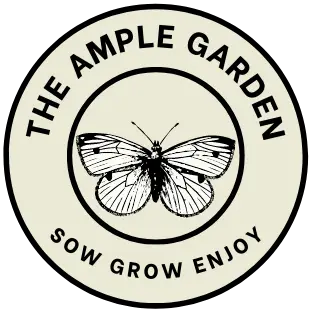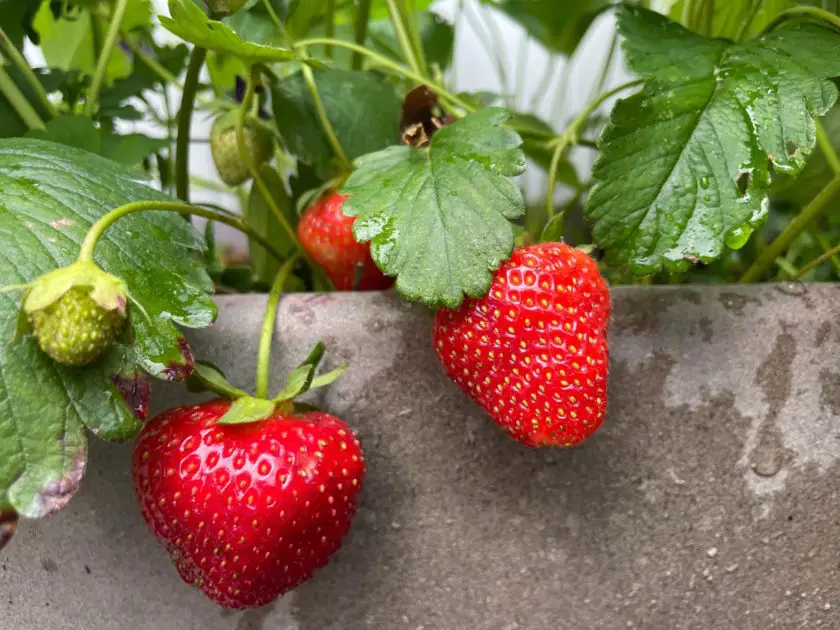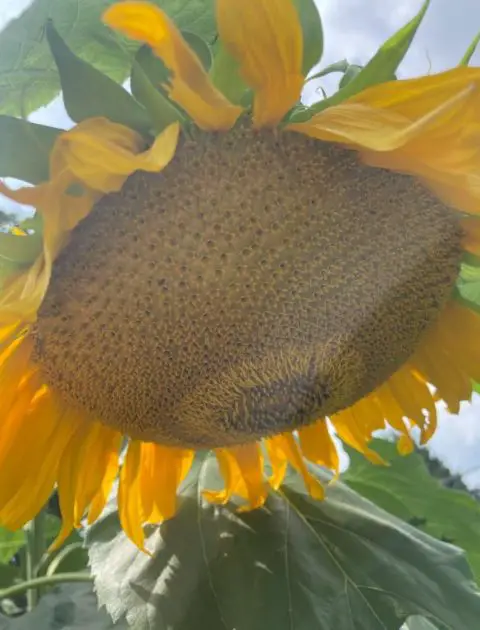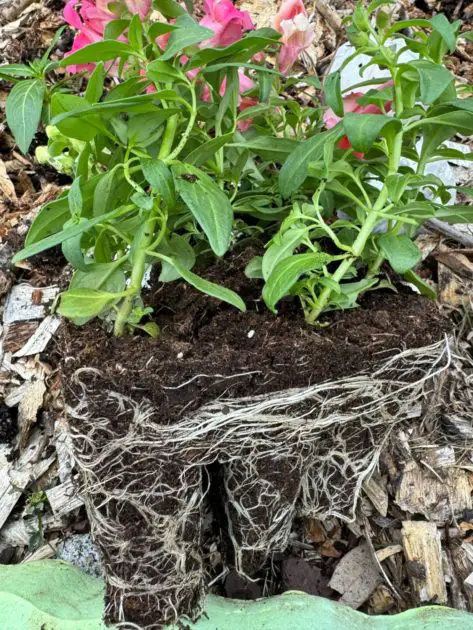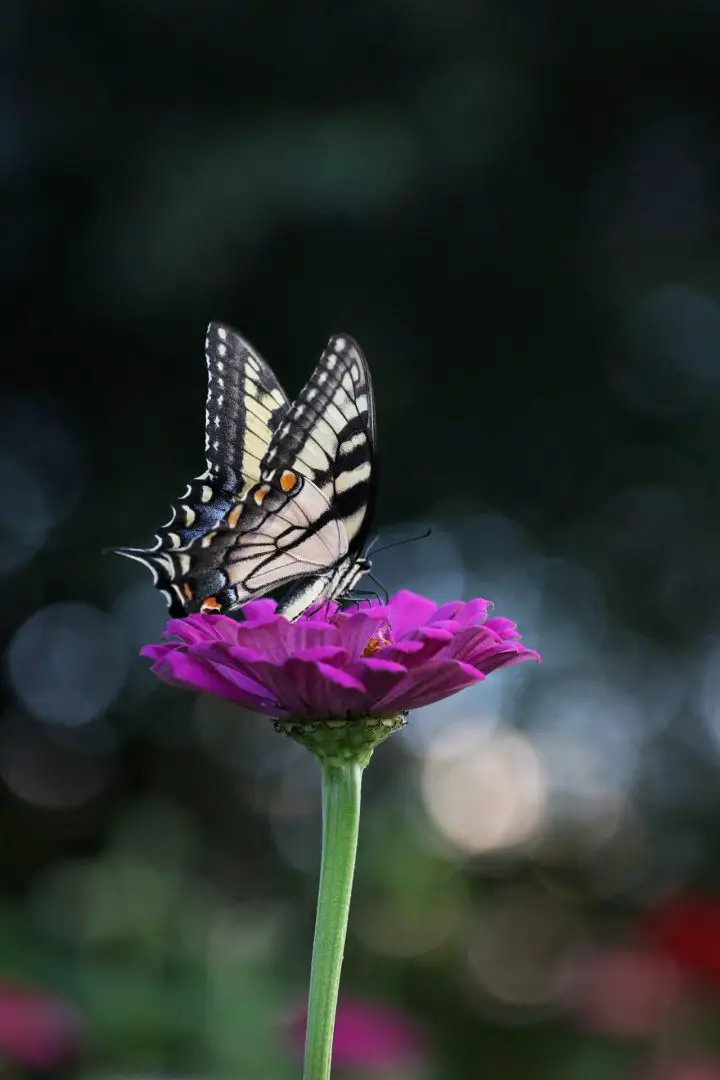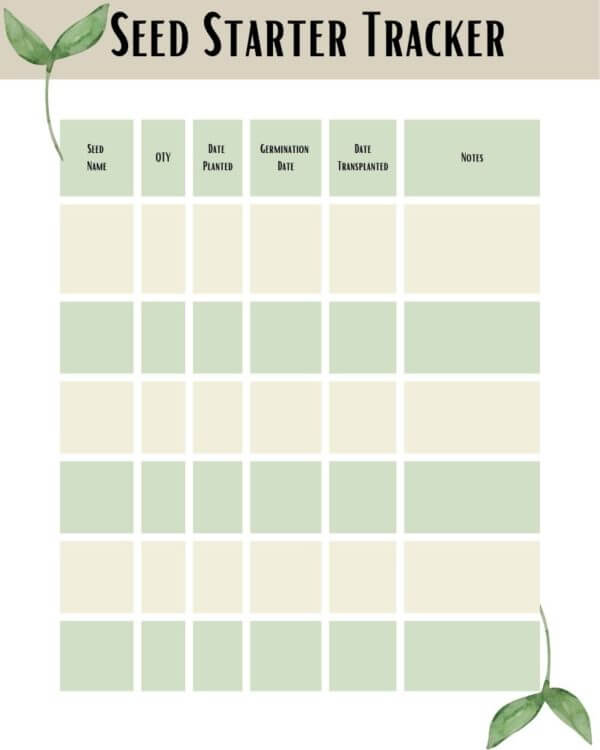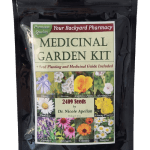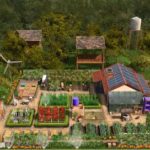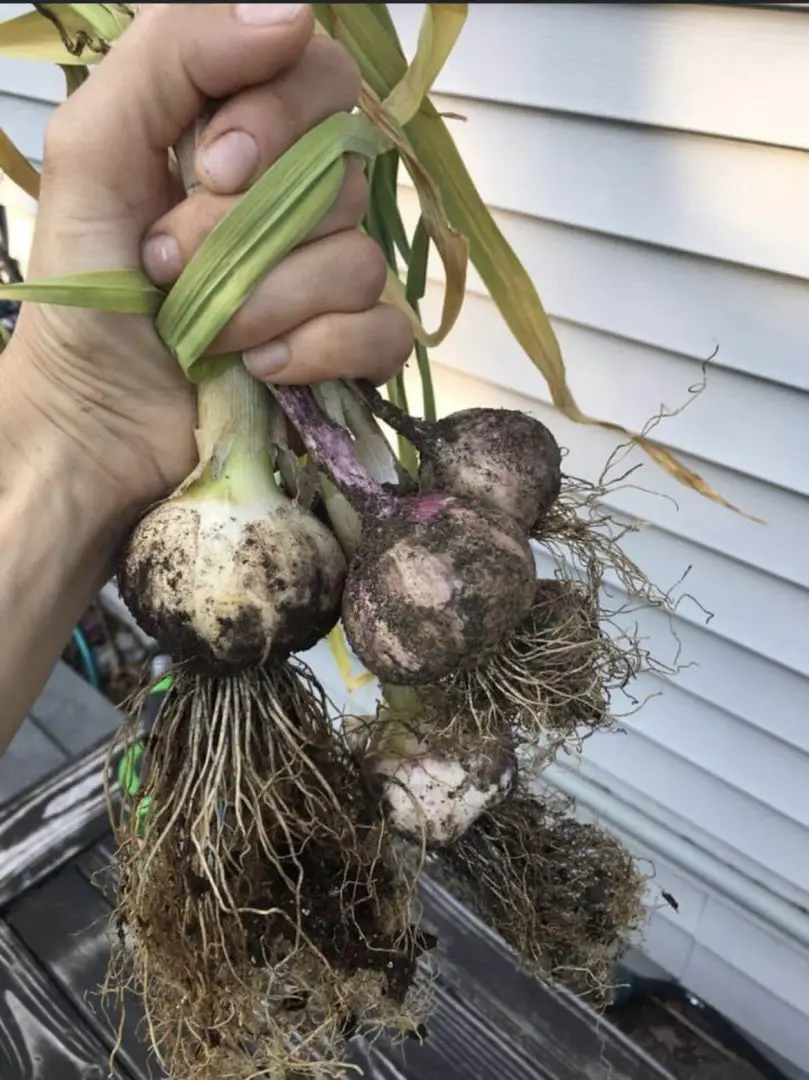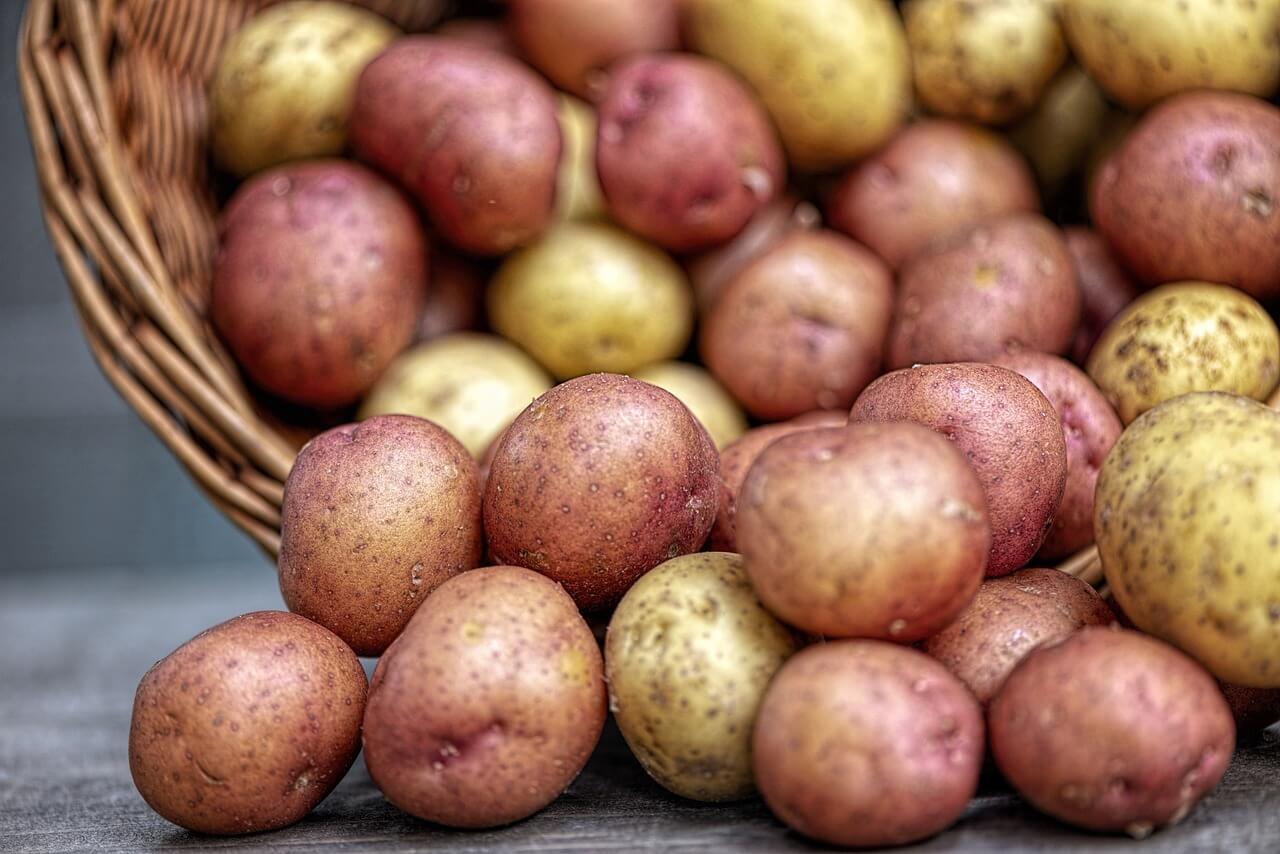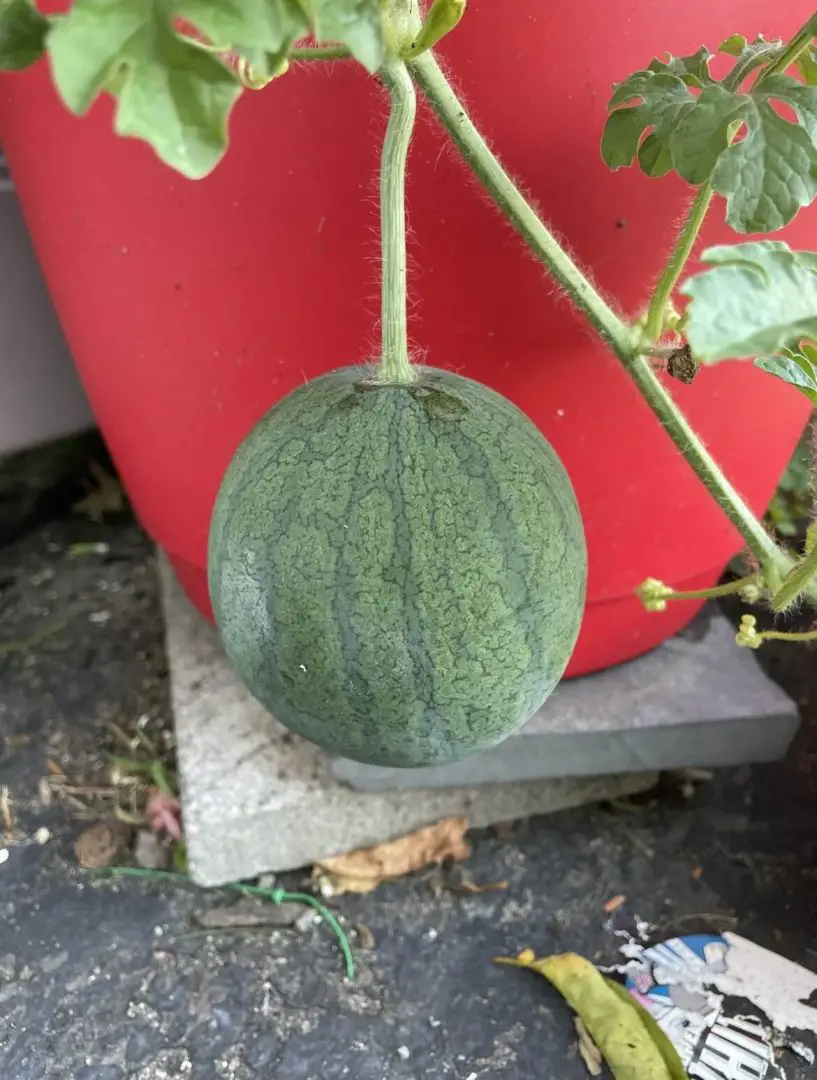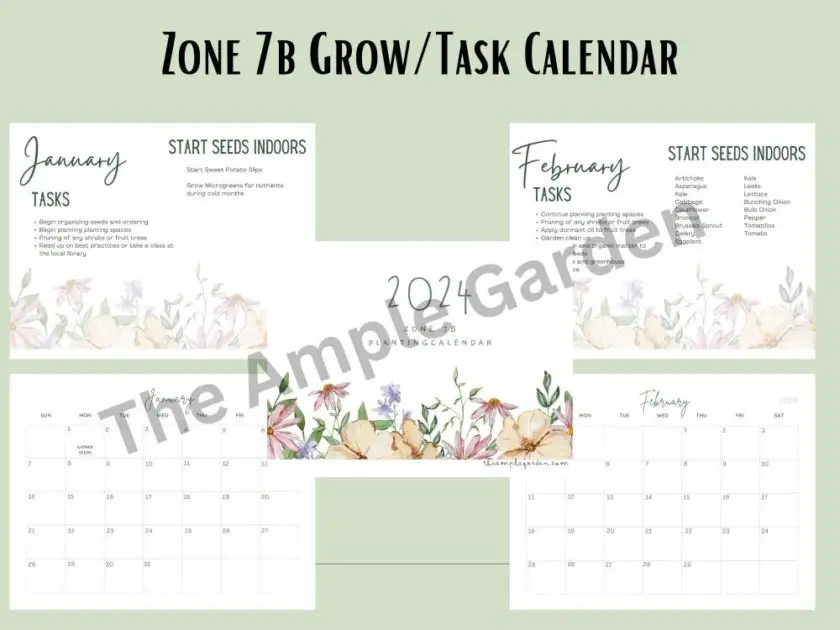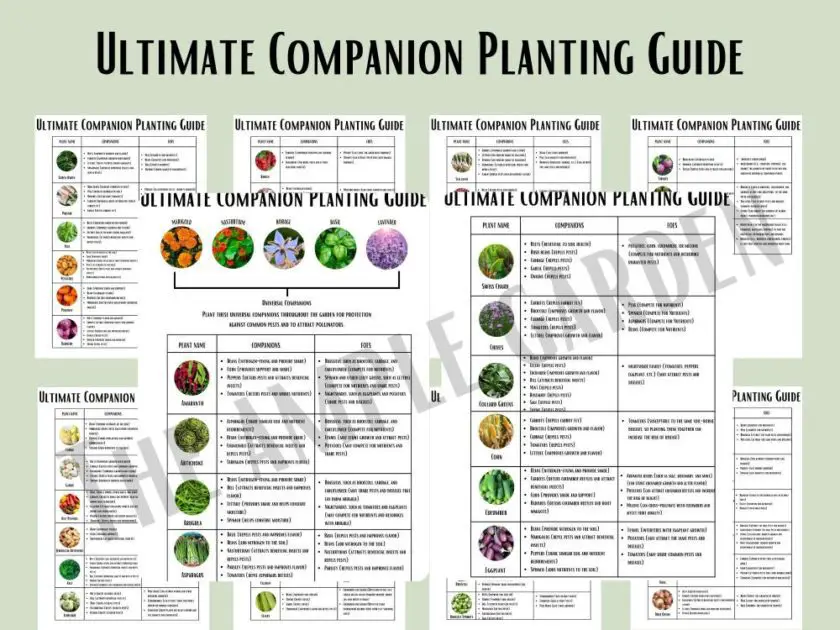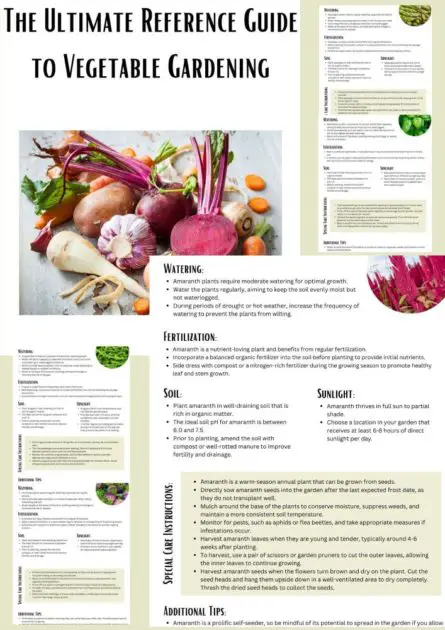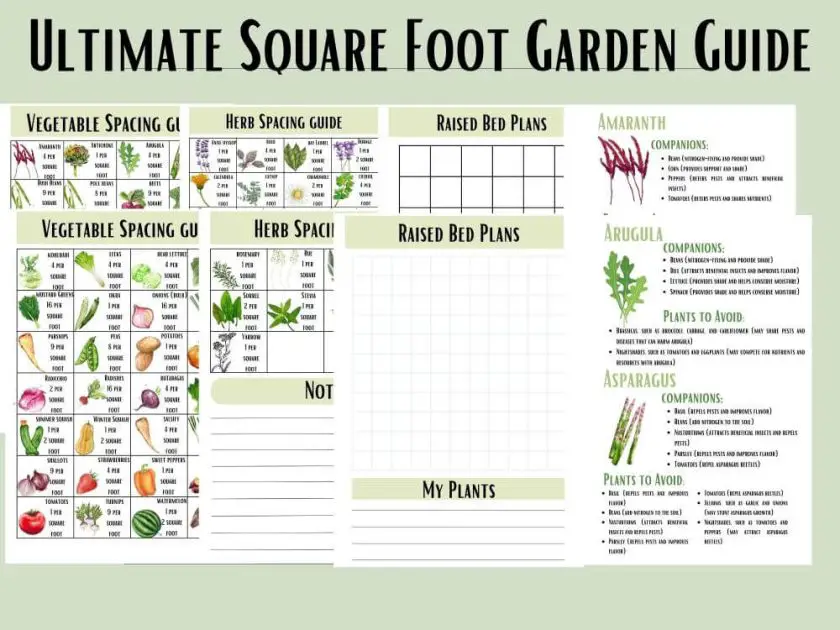Edible Landscaping: Creating a Beautiful Vegetable Garden in Your Backyard
There may have come a time in your life when you have thought about growing your own vegetables, fruits, and herbs.
Although the average American usually prefers buying such edibles from the supermarket, you can also grow your organic food in the backyard.
Not only is this a great way to optimize the ground space in your home, but it also benefits by improving your physical and mental health. In addition, you also get access to a lot of fresh and healthy food right at your doorstep.
If you’re someone who wants to create a good-looking vegetable garden in your home, you’re in the right place!
In this article, we’ll discuss basic principles and a few considerations you need to follow while creating and aesthetically pleasing edible landscape in your backyard.
Principles you need to follow to create a good-looking edible backyard
Keep it simple:
Replacing your simple beds and hedges with edible plants is an excellent approach to foundation planting.
For instance, replace your traditional foundation hedge lining with a hedge of bush plums or Bramble plants.
Ensure that your landscape’s balance remains stable by choosing edible plant varieties that complement the existing design.
Follow the line:
Forming a line is crucial to give your edible landscape direction. It helps define space and connects people to your landscape.
You can either create an edge of the garden or a curved walkway because eyes follow these lines to view the whole design.
You can also add a beautiful focal point like a raised berm to grow edible plants and connect it with hedges or walkways — a composition like this will turn many heads.
Create a unity:
A symmetrical group of plants creates unity and attracts the attention of people and beneficial insects.
Grow the same variety of plants together in a group rather than changing them with other textures, sizes, and colors.
For example, you can grow a beautiful flower garden behind your edibles to provide a bold-colored backdrop.
Put some emphasis:
A specimen tree in your landscape creates a focal point.
Go with planting a fruit tree instead of dogwood to make it a star of your edible backyard.
You might feel a bit scared with all the above information, but don’t fret; it’s not necessary to know everything in the beginning.
With time and experience, these principles will become second nature and help you create a beautiful edible landscape.
 Pin
PinA blackberry bush offers a focal point to this garden.
 Pin
PinA grape vine is a wonderful addition to this edible landscaping.
Five things to consider while creating edible landscaping in the backyard
Beyond the artistic side of your edible landscape design, there is a practical side too.
Below we have mentioned a few essential things you’ll need to consider when creating a beautiful vegetable garden.
Analyze the microclimate:
Before planting any vegetable or herb, analyze your space; know the areas of your yard that get the least and the most sunlight.
Most veggies and fruits need a minimum of six hours of sunlight daily to thrive. However, there are tons of options for plants that grow perfectly in partial and full shades.
Before choosing the plants, understanding the micro-climate of your area is crucial.
Check your water source:
Know about the water source for your edible garden.
A water source can be anything from a proper irrigation system, hose, or rainwater catchment to a pond.
Sure, you can carry a bucket to water plants in the far corners of your garden, but it’s better to plan ahead so that your edible plants stay well-watered.
Existing soil conditions:
Check the problematic soil areas in your garden.
You should have full knowledge about which spots are too dry, wet, rocky, sandy, or polluted.
Consider all these spots prior to planning; alleviate these problems, or entirely change the location of your edible garden.
Accessibility without Stepping:
Try creating a design for your edible garden that excludes the need to step into the ground.
Overstepping in your gardening area causes soil compaction, which disturbs the soil’s texture and ultimately affects your plants.
Design all your in-ground or raised garden beds as single-reach or double-reach beds.
Create single-reach beds against the fences or walls, and keep them around 2 ft wide.
And if you go with designing double-reach beds, keep them around 4 ft wide, so your arm can reach the center.
With borders wider than 4 ft, add stepping stones to access your plants without stepping on the soil.
Make sure to create a stepping area that can be used easily so you aren’t tempted to walk in your bed.
Considering plant type is important:
Next, you need to consider the types of plants you want to choose for your edible landscape.
Remember that many plants in nature are opportunists, and they provide the best yield when a tree around them falls and opens the doors for sun rays to reach down for a few years.
You can design your edible landscape mimicking these preferences to grow healthier and high-yielding plants.
Install privacy Screens:
When creating a nice vegetable garden for your home, you will also need to create a buffer for some privacy.
Create a living screen with edible plants around your garden to incorporate more biodiversity.
A living screen made of edible plants will also last much longer than a fence. Some plants you can use for privacy purposes include elderberry, serviceberry, asparagus, and nan king cherry.
Start small:
Now moving towards the last but the most important part — before ripping out every inch of existing grass in your yard, landscape professionals recommend starting with a small patch; at the most, start with a 100 ft² area.
Try to select an area that receives at least 6 hours of sunlight daily and drains well. From there, you can gain enough confidence and skill to grow a whole edible landscape design in your backyard.
Final Thoughts:
Once you’ve covered all these considerations, everything else is a piece of cake. Follow the article, and tell us about your experience of having an edible garden. Also, don’t forget to share this post with other gardening enthusiasts on your social networks. Happy Gardening!
